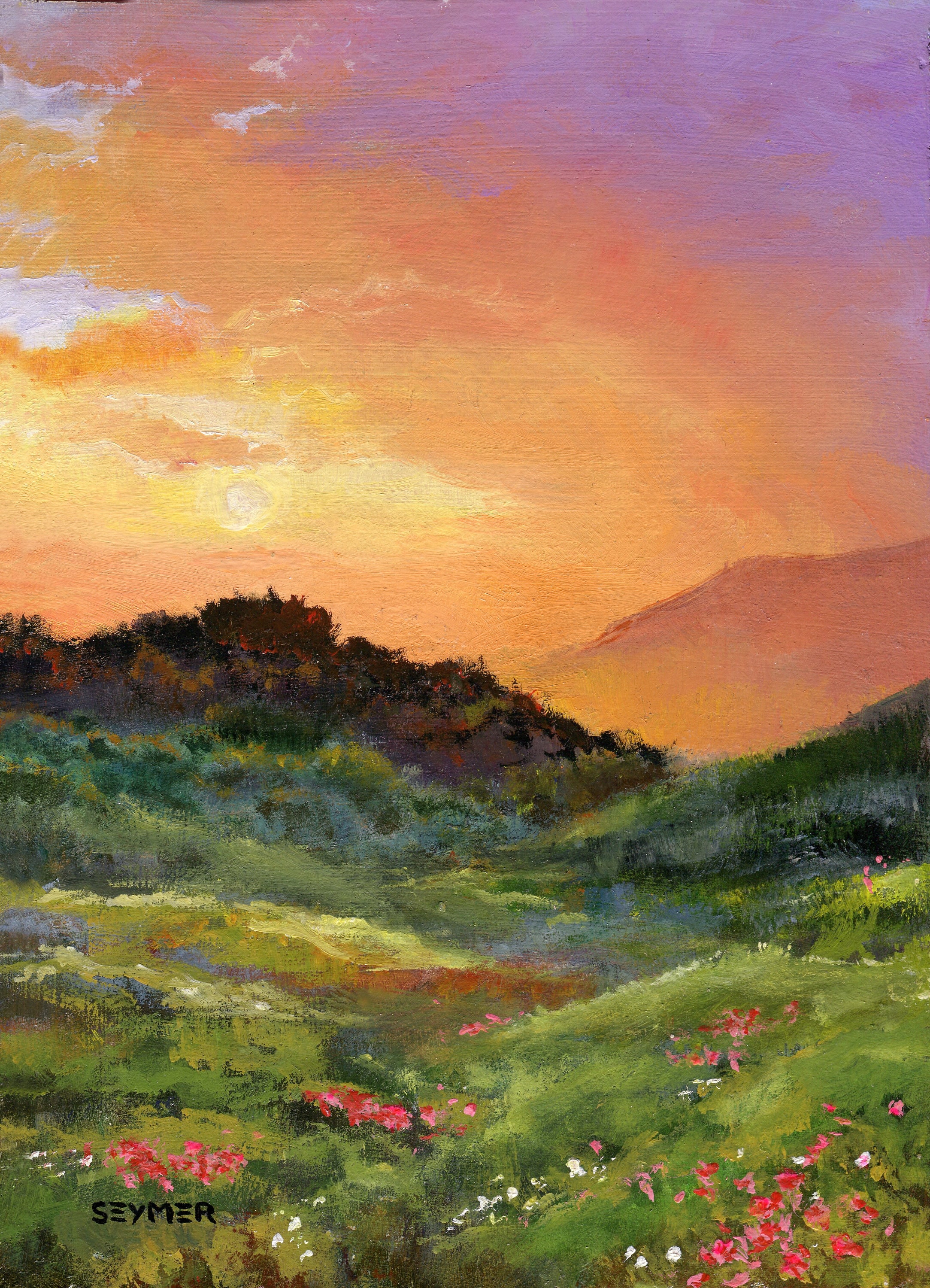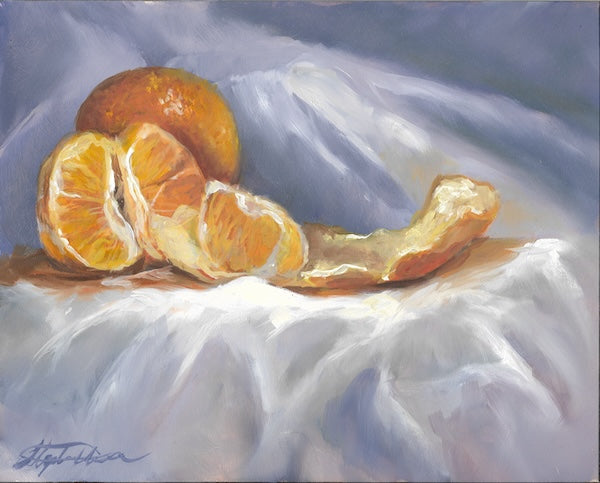Checking out All Regarding Oil Paintings: An Overview to Understanding Their Elegance and Value
Oil paints have actually astounded target markets for centuries, supplying a look right into the artistic proficiency of different ages. Their rich background is intertwined with cutting-edge strategies and profound psychological expression. Understanding the products and techniques behind these art work can boost appreciation. In addition, the marketplace for oil paintings offers possibilities for investors and collectors alike. As one explores this fascinating globe, the concern arises: what makes an oil painting absolutely useful?
The History of Oil Paint: A Journey With Time
Oil painting has roots that date back to ancient times, it genuinely thrived throughout the Renaissance, when artists found its flexibility and abundant color capacity. Early examples can be mapped to the 7th century, with techniques evolving significantly throughout cultures. The tool became famous in Northern Europe in the 15th century, particularly via the works of musicians like Jan van Eyck, that pioneered its usage for thorough realism and lively hues. This duration marked a separation from tempera paints, permitting higher deepness and texture. As oil painting spread, it affected plenty of artists, causing masterpieces by distinguished numbers such as Leonardo da Vinci and Rembrandt. The tool's legacy continues, forming the art globe well into contemporary times.
Recognizing Oil Repaints: Products and Techniques
As musicians discover the world of oil paints, they encounter a diverse selection of materials and techniques that define this medium. The primary parts of oil paint consist of pigments, which supply shade, and drying oils, such as linseed, that bind the pigments and help with application. Different ingredients can modify the paint's structure and drying time, enhancing adaptability. Strategies like glazing, where transparent layers are accumulated, and impasto, which entails using thick paint, permit different visual results. In addition, making use of brushes, palette blades, and even fingers can develop unique structures and surfaces. Comprehending these methods and products enables artists to fully express their creativity and accomplish the wanted impact in their artwork.
The Role of Shade in Oil Paintings
Color plays a critical duty in oil paintings, influencing both aesthetic appeal and psychological vibration. Comprehending color concept fundamentals, including the partnerships in between shades, can boost a musician's capacity to communicate state of mind and environment. Furthermore, mastering shade mixing strategies permits better depth and splendor in a painting's combination.

Shade Concept Basics
Understanding shade theory is vital for artists collaborating with oil paints, as it develops the structure for producing visually engaging and unified make-ups. Color theory includes the research of exactly how colors interact, the shade wheel, and the connections between primary, second, and tertiary colors. Musicians use complementary shades to enhance contrasts and create centerpieces, while comparable shades promote unity and cohesiveness within a piece. Furthermore, the ideas of cozy and awesome shades affect the perception of deepness and area in a painting. Realizing these principles permits artists to control shade efficiently, leading the audience's eye and connecting their intended message. Proficiency of color concept ultimately enhances a musician's capacity to communicate feelings and ideas via their work.
Psychological Influence of Color
The emotional influence of color in oil paints plays an essential duty in just how visitors link and regard with artwork. Colors evoke certain sensations and state of minds, influencing the audience's mood. As an example, warm tones like oranges and reds can create a feeling of heat and energy, while trendy tones such as blues and greens typically evoke calmness or self-questioning. Artists strategically choose color palettes to enhance narrative elements, directing the audience's emotional journey. The saturation and contrast of colors additionally intensify these effects, drawing interest and developing focus. Inevitably, the interplay of colors in oil paintings not only improves their aesthetic charm however additionally acts as an effective medium for psychological expression, improving the visitor's experience and analysis.
Color Mixing Techniques
While many facets of oil paint contribute to the overall structure, grasping color mixing strategies is crucial for attaining wanted impacts and depth. Color blending can be come close to with different approaches, consisting of the subtractive and additive processes. Additive blending entails integrating colors of light, while subtractive blending depends on pigments, where colors mix to create new tones. Musicians frequently use a restricted palette to produce harmonious jobs, recognizing the relationships between primary, second, and tertiary shades. Methods such as glazing and scumbling even more enhance deepness and luminance. By masterfully mixing colors, a musician can evoke emotions, develop centerpieces, and achieve a feeling of realism, ultimately boosting the painting's visual and emotional impact.
Famous Oil Painters and Their Iconic Functions

Well known for their proficiency of color and method, oil painters have actually created a few of one of the most popular art work in background. Prominent artists like Vincent van Gogh astounded audiences with his emotive brushwork in "Starry Evening," while Claude Monet's "Impression, Daybreak" prepared for Impressionism. Leonardo da Vinci's "Mona Lisa" continues to be a long-lasting icon of imaginative wizard, showcasing his ability in catching human expression. Rembrandt's "The Night Watch" highlights his cutting-edge usage of light and darkness. Various other significant figures include Pablo Picasso, who revolutionized modern art with his vibrant trial and error in jobs like "Les Demoiselles d'Avignon," and Georgia O'Keeffe, whose vibrant depictions of landscapes and flowers helped define American modernism. Each musician's distinct style contributed considerably to the oil paint landscape.
Just how to Review the Top Quality of an Oil Paint
Reviewing the top quality of an oil paint entails a mindful assessment of craftsmanship techniques, as well as an analysis of color and composition. Observing brushwork, layering, and the application of paint can reveal the artist's ability degree. In addition, the interaction of shades and the general setup of components add significantly to the painting's visual value.
Assessing Workmanship Techniques
A thorough evaluation of workmanship methods is vital for determining the top quality of an oil painting. Critics must first check out the application of paint; thick, distinctive brushstrokes might suggest a competent hand, while excessively consistent applications could indicate a lack of depth. oil paintings for sale. The layering strategy is also crucial; the presence of glazes and differed thickness can boost luminosity and intricacy. Furthermore, the high quality of the materials used, such as the canvas and pigments, plays a substantial role in resilience and overall aesthetic. Attention to information in components like edges and changes between colors shows the musician's commitment to their craft. Eventually, these strategies add to the paint's emotional effect and market price, working as indications of the artist's ability and intent
Evaluating Shade and Structure
While reviewing the high quality of an oil paint, one should concentrate on the interplay of shade and composition, as these aspects are essential to the art work's total influence. Shade choices can develop and stimulate feelings state of mind; for that reason, the musician's combination must be examined for harmony and contrast. A well-balanced structure guides the visitor's eye and creates a sense of unity. Musicians commonly use methods like the regulation of thirds or leading lines to boost aesthetic interest. Furthermore, making use of light and darkness can add deepness, enhancing the three-dimensionality of the paint. Inevitably, an effective oil painting marries color and composition, involving the viewer and inviting a deeper gratitude of the artist's vision and technique.
Taking care of and Preserving Oil Paintings
Correct treatment and preservation of oil paintings is important for maintaining their honesty and long life. To secure these artworks, it is important to display them far from direct sunlight, which can cause fading and discoloration. Maintaining a stable setting with controlled temperature and humidity more help in avoiding damage. Cleaning need to be done carefully using a soft, completely dry fabric, avoiding any kind of extreme chemicals that could damage the paint or varnish. Regular inspections for indications of wear and tear, such as flaking or fracturing, are a good idea. When delivering or storing oil paints, appropriate extra padding and framing are essential to prevent physical injury. Eventually, diligent treatment adds to the visual appeal and worth of oil paintings over time.
The Marketplace for Oil Paintings: Investing and accumulating
Comprehending the market characteristics for oil paintings is important for enthusiasts and financiers alike. The worth of these artworks is affected by numerous elements, consisting of the musician's reputation, historical relevance, and current trends. Collection agencies usually seek pieces that reverberate directly while considering possible recognition in value. Public auctions and galleries offer as primary places for trading, with costs varying based upon demand and rarity. Investing in oil paints calls for study into the market, as well as an understanding of authenticity and provenance. Additionally, emerging artists may use chances for substantial returns, while developed names can regulate high prices. Generally, a tactical technique to accumulating can yield both aesthetic enjoyment and economic rewards.

Regularly Asked Concerns
What Are the Ecological Effects of Oil Painting Materials?
The environmental effects of oil paint products include the release of volatile organic compounds (VOCs), dangerous waste generation, and source removal for pigments. These factors contribute to pollution and ecological deterioration, increasing worries amongst eco conscious musicians and consumers.
How Do Different Canvases Impact Oil Painting Results?
Different canvases influence oil painting results considerably. Surface, absorbency, and texture quality can alter paint application, drying out times, and shade vibrancy. Musicians commonly select certain canvases to accomplish preferred impacts and enhance their artistic expression.
Can Oil Paintings Be Recovered if Damaged?
Oil paintings can undoubtedly be brought back if damaged. Professional conservators make use of different methods to repair rips, tidy surfaces, and address staining, making certain that the art work keeps its original elegance and value for future generations.
What Are the Signs of an Initial Oil Painting?
The indicators of an initial oil painting consist of visible brush strokes, texture variants, and an irregular canvas weave (oil paintings for sale). Furthermore, authenticity might be verified through provenance, trademarks, and the visibility of a varnish layer one-of-a-kind to oil tools
Just How Has Technology Influenced Modern Oil Painting Techniques?
Technology has significantly influenced modern oil painting strategies by presenting electronic tools for planning, enhanced materials for texture and longevity, and online systems for sharing and marketing art, consequently broadening artists' creative opportunities and target market reach. Oil painting has origins that date back to old times, it genuinely grew during the Renaissance, when artists uncovered its convenience and abundant color potential. The psychological effect of color in oil paints plays an essential role in how visitors regard and link click here with art work. While numerous facets of oil paint contribute to the total structure, grasping shade blending techniques is crucial for attaining preferred impacts and deepness. Reviewing the quality of an oil painting involves a mindful evaluation of workmanship strategies, as well as an evaluation of color and make-up. While assessing the high quality of an oil painting, one should concentrate on the interaction of shade and structure, as these components are basic to the art work's total influence.